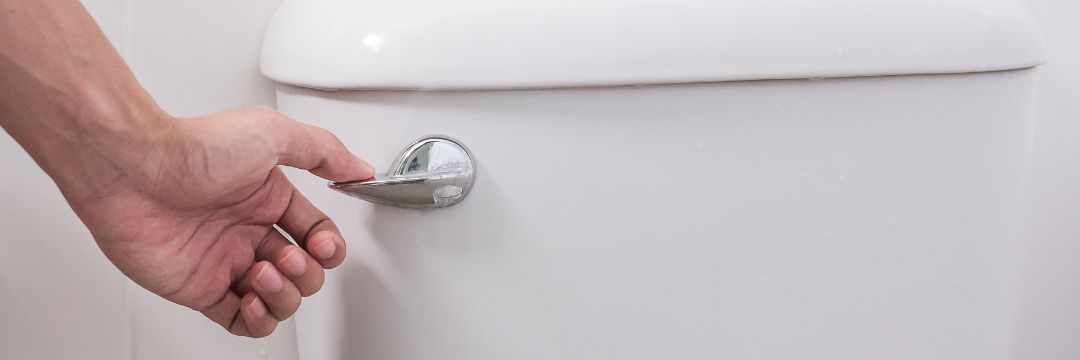Prostate artery embolization, or PAE, is a newer form of minimally invasive BPH treatment that works in a very novel way. If you’ve done your research on the BPH treatment, you’ll know that there are several ways to achieve a reduction in prostate tissue. There is physical cutting that can be achieved through surgical means like simple prostatectomy, Aquablation, and TURP. There is vaporization of the prostate using lasers like GreenLight BPH therapy or HoLEP. There are also ways to temporarily push prostatic tissue aside using devices like Optilume BPH or iTIND and permanently using Urolift. Finally, some techniques use radio frequency, waves, or steam to destroy prostatic tissue, like Rezum and TUNA.
PAE, on the other hand, uses restriction of the blood supply to the prostate to shrink it by 20 to 40%. This is performed in a specialized interventional radiology center by an interventional radiologist. A small catheter is threaded from a small incision in the wrist or groin down to the prostatic artery. At this point, small pellets known as microspheres are deployed to block blood flow into the prostate. This lack of blood flow causes the gland to atrophy, resulting in shrinkage.
All of this is performed minimally invasively and on an outpatient basis. PAE does not prevent the patient from undergoing a follow-up procedure of their choice if and when prostatic tissue regrows.
Is this a worthwhile procedure?
While we don’t yet offer this procedure, it has benefits, including a very low risk for sexual and urinary side effects since the procedure is performed through the blood vessels and not the penis. Additionally, because it specifically targets the blood vessels, this can be an excellent option for patients with clotting disorders or other concerns related to blood loss.
The procedure is appropriate for most prostate sizes; however, for very large prostates, PAE may not be enough to eliminate the symptoms of BPH or offer enough relief when compared to surgical options. With that said, PE does not preclude the use of our wide range of BPH procedures if patients do not achieve sufficient results or if prostatic tissue begins to regrow.
To that end, as with any BPH procedure, the key is personalizing the treatment to each patient’s unique circumstances, and PAE represents a possible solution among many.
The bottom line
Prostatic Artery Embolization or PAE is yet another option in the treatment of benign prostatic hyperplasia or BPH. Doctor Natale offers a wide range of therapies from minimally invasive in-office procedures to advanced laser procedures performed in the surgery center. The most important thing to remember is that BPH can be treated, and should be treated early to allow for the broadest range of options and the least lifestyle disruption from lower urinary tract symptoms associated with this widespread condition. We encourage men to discuss new or existing urinary symptoms with their urologist to determine the best course of treatment for them.










